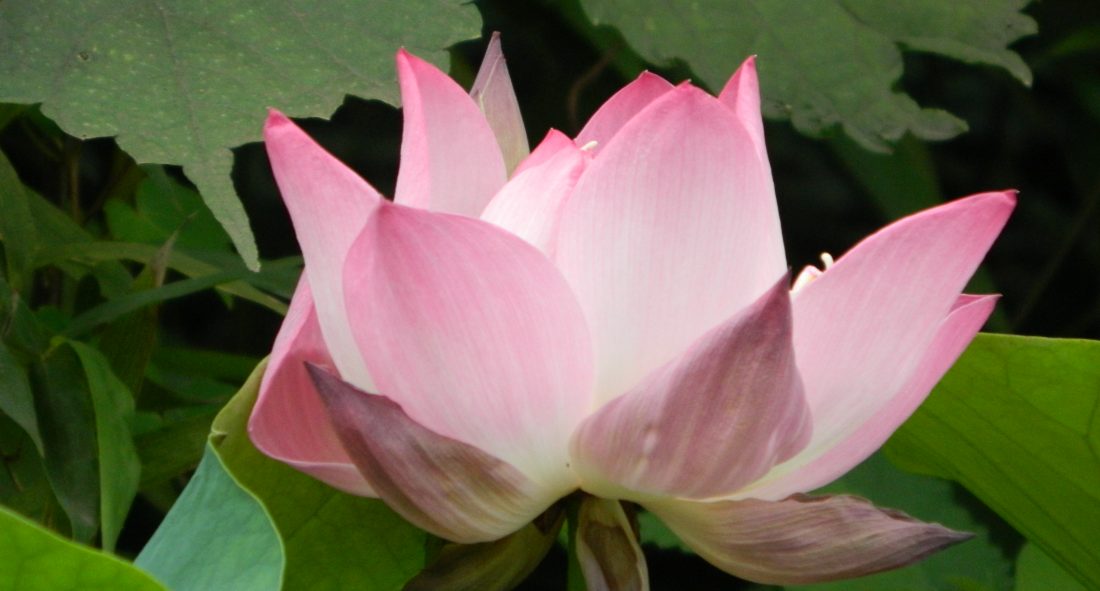By M. Baker
When the selection of the city of Beijing as the host city for the 2008 Olympics was announced on July 13, 2001, it sparked a wave of excitement across China and marked a new period of change for the city. This period of change before the 2008 Olympics transformed the city in many ways, but perhaps the biggest changes for the city came in the form of a transformed skyline and new infrastructure.
Prior to the selection of Beijing as an Olympic host city, the physical landscape of Beijing was similar to many other cities across China. Buildings were either old holdovers from dynasties past or distinctly utilitarian high-rises built in the communist era when waste and extravagance was severely frowned upon. These communist-era buildings were often bland and made of brick or stone or other cheap materials.
For the Beijing Olympics, government officials strove to present Beijing as a truly international city. In order to fulfill this goal, Chinese government officials embarked on a huge campaign to change the landscape of Beijing in several ways. First, they set about improving the overall infrastructure of the city: hundreds of miles of subway lines were added, the airport was expanded and updated, and new facilities for the Olympics were built, including the Water Cube and the famous Bird’s Nest Stadium.

(“Beijing National Aquatics Centre and Beijing National Stadium,” by Angus/Flickr/licensed with CCBY 2.0)
Next, the Chinese government decided to preserve—at least artificially—some distinctly Chinese structures from the pre-communist era as a tribute the China’s past. This move was vastly different from the previous actions of the government in the communist era, who tended to emphasize progress over cultural history—see the Cultural Revolution.
Finally, new development and architectural innovation was strongly encouraged as China attempted to turn Beijing into a truly international city akin to New York, London, or Paris. Buildings were made to impress and show “face” for China: the new National Theatre, the Bird’s Nest Stadium, the Water Cube, and the CCTV building are all examples of this new age of Chinese architecture that came about because of the preparations for the 2008 Olympics.

(“国家体育场,” by 老黄瓜/nPhoto.net/licensed with CCBY 2.0)
Overall, Beijing was radically transformed physically for the Olympics. These changes have had a lasting impact on Beijing, particularly because of the new infrastructure and new skyline filled with modern, architecturally distinct buildings. However, some argue that the changes made for the Olympics have not done much for the city. In an article for The New York Times, Michael Wines details how the flagship stadiums built for the Olympics stand mostly empty four years later: “By most accounts, the vendors hawking trinkets outside the stadium outnumber the foreigners who go there to gawk.”
On the other hand, most residents of Beijing had positive feelings for the changes brought about because of the Olympics: even Grandma Gao, a woman who had previously lived in a hutong village within Beijing and was forcibly relocated to make room for the new National Stadium, reported that her life had “changed for the better”.
The changes brought about by the Olympics have drastically transformed Beijing, even years after the Olympics. While the urgency for such change has slowed, today Beijing continues to change its landscape in its continuing quest to present the best “face” to the world.

(“View of Beijing, China,” by ahenobarbus/Flickr/licensed with CC BY 2.0)
See Also:
Before and After the Beijing Olympics: Economic Change
Before and After the Beijing Olympics: Political Change
Sources:
Beijing: Changed by the Olympics, Film. Directed by Duffy Wang (Oakland, CA: D3 Productions, 2008).
Curtis Ashton, “Beijing’s Museums in the Context of the 2008 Olympics,” in Cultural Heritage: Politics in China, eds. Tami Blumenfield and Helaine Silverman, 187-203. (New York: Springer, 2013).
Wines, Michael, “After Summer Olympics, Empty Shells in Beijing,” The New York Times, February 6, 2010. http://www.nytimes.com/2010/02/07/weekinreview/07wines.html (accessed March 3, 2014).
